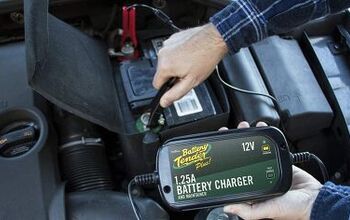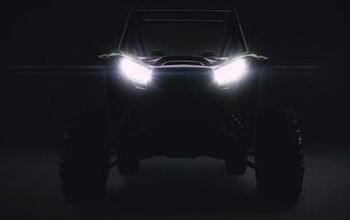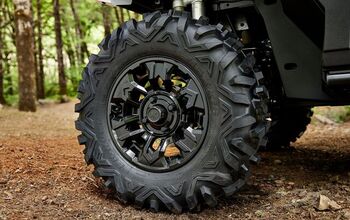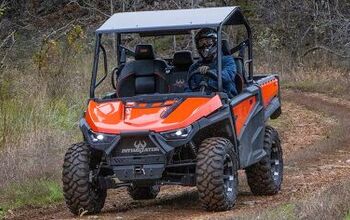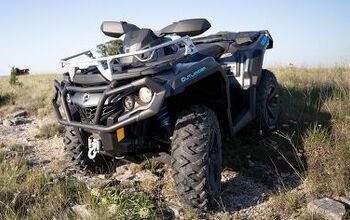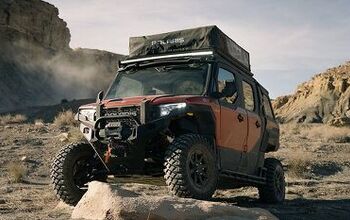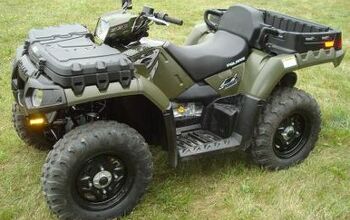What is a Side-by-Side (UTV)?
Off-road enthusiasts and hunters often consider acquiring a new vehicle for their adventures. The choices are vast, with traditional All-Terrain Vehicles (ATVs) and Utility Task Vehicles (UTVs), commonly known as side-by-sides, being popular options. However, it's crucial to understand the differences and functionalities of these vehicles to make an informed decision.
ATVs, or all-terrain vehicles, are typically single-rider vehicles, though some models can accommodate two people. They are characterized by their four wheels and are similar in design to motorcycles. These vehicles are known for their agility and come in various sizes and engine capacities. ATVs are equipped with large, rugged tires, making them suitable for off-road terrains like dirt, mud, and grass.
Side-by-sides or UTVs (Utility Task/Terrain Vehicles) offer a different experience. They feature a seating arrangement akin to cars or trucks, allowing people to sit next to each other. Unlike ATVs, UTVs are equipped with steering wheels, gear shifts, and other standard car controls. UTVs are versatile, capable of handling both off-road excursions and paved roads.
While ATVs and UTVs might seem similar, they serve distinct purposes and offer unique benefits. ATVs are smaller, resembling motorcycles, and are designed solely for off-road use. In contrast, UTVs are larger, offer more stability, and are suitable for both off-road and on-road driving. Understanding this distinction is crucial as using a UTV on narrow ATV trails can lead to accidents or vehicle damage.
Both ATVs and UTVs are multi-named, versatile vehicles, commonly used for outdoor activities. They share some features, such as the ability to be outfitted with various attachments for activities like hunting. However, their differences are more pronounced. ATVs have motorcycle-like handlebars, hand controls, and a straddle seating position, typically for one or two riders. UTVs, on the other hand, have car-like steering wheels, foot pedals, and bench or bucket seating for multiple occupants. UTVs also tend to have more safety features, like enclosed cages, seatbelts, and doors.
Your choice between an ATV and a UTV should be guided by your specific needs and preferences. If you require a budget-friendly, nimble vehicle for solo use, an ATV is a suitable choice. ATVs excel in narrow trails due to their maneuverability. Conversely, if you need a vehicle for group activities or hauling, UTVs provide the necessary space and power. They are ideal for activities like group hunting or camping.
When selecting an off-road vehicle, understanding the distinct purposes and designs of ATVs and UTVs is crucial. Each type offers unique benefits suitable for different situations, ensuring that you can choose the perfect vehicle for your outdoor adventures.
This article was co-written using AI and was then heavily edited and optimized by our editorial team.
More by ATV.com Staff



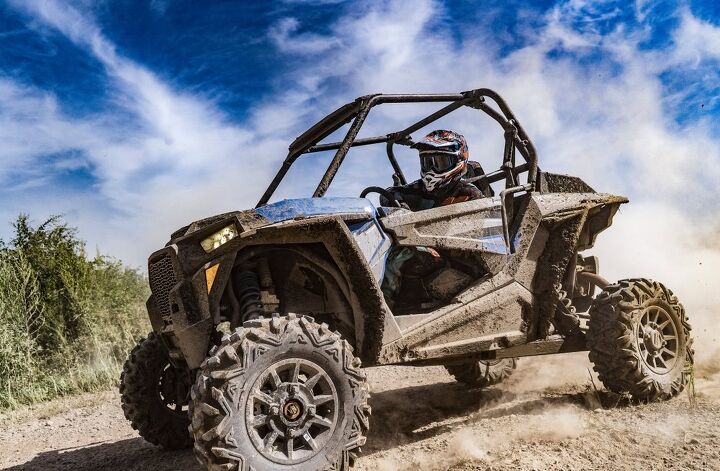







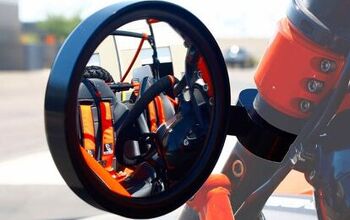

![Don't Try This at Home: Muddy Crash [video]](https://cdn-fastly.atv.com/media/2022/10/24/8744120/don-t-try-this-at-home-muddy-crash-video.jpg?size=350x220)
![More ATVs on Ice [video]](https://cdn-fastly.atv.com/media/2022/10/24/8742964/more-atvs-on-ice-video.jpg?size=350x220)
